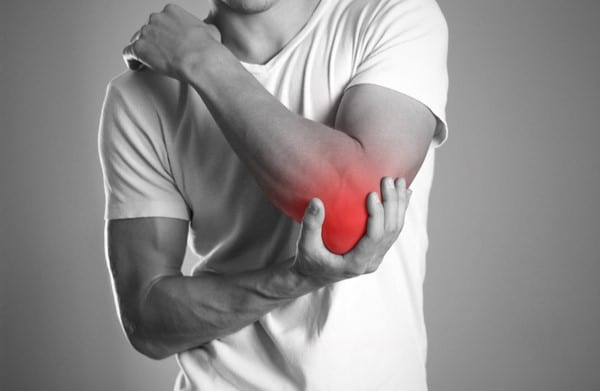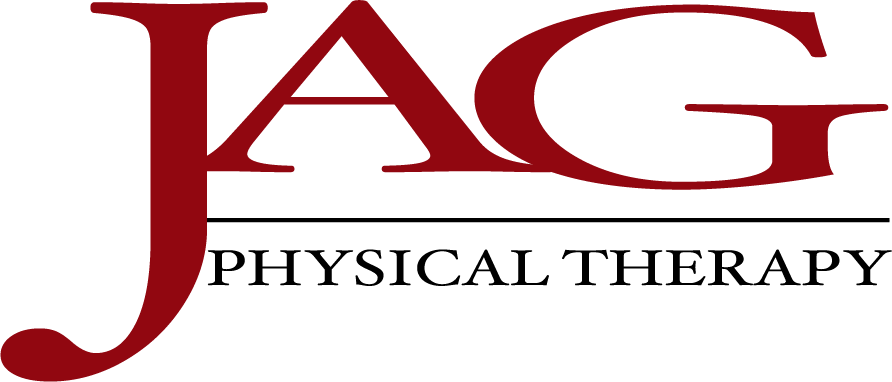
Tennis elbow, or lateral epicondylitis, is when you have pain in your elbow. The healing process for tendons can take weeks, months, or years due to their slow healing rate. A physical therapist can help you if you are in pain. They can tell what is wrong and how to fix it. Early treatment will make the pain go away.
What Is The Main Cause Of Tennis Elbow?
Tennis elbow is a condition that places strain on the muscles and tendons that a person uses to grip a tennis racket.
Yet, most cases of tennis elbow are not due to playing tennis or any other sport. Any activity that involves repetitive gripping and twisting motion can cause this injury. Carpenters, painters, and plumbers are particularly susceptible.
How Can You Prevent Tennis Elbow?
You can prevent tennis elbow by avoiding strain on the muscles in your forearm. This will help you to avoid the condition or stop your symptoms from getting worse.
If you have tennis elbow, here are some tips to help you recover:
Stretch & Warm-Up Your Muscles
Before you do arm movements, you need to warm up and stretch your muscles. This will help avoid injury. Avoid using a bent wrist and keep it straight when possible.
Stick with smooth movements instead of sharp, jerky ones. Gloves with shock-absorbing padding can also help.
Strengthening Exercises
Wrist and forearm exercises can help prevent tennis elbow. It would be best if you did exercises on these muscles to make them stronger. Learning to use your shoulder and upper arm muscles can also help take the strain off of your elbow.
You might need to go to physical therapy or see an athletic trainer. They will teach you exercises that will help your forearm be strong. You can do these at home too!
Switch It Up
There is also plenty you can do to lessen the strain on your arms and elbows throughout your day. Make a conscious effort to avoid the same hand and arm movements over and over. If that is not an option for you, wear a brace and take breaks as often as possible.
Ask your employer if you can do other tasks or if you can change your workstation setup. This might help reduce the strain on your body.
Use Proper Equipment
Make sure the sports equipment you are using is the right fit for you. Lighter weight, larger grips, and softer strings may reduce the strain on your tendons. You can wear gloves or add padding to help.
Ask a coach or athletic trainer to help you make sure your equipment is the right size for you.
Painkillers and NSAIDs
Taking over-the-counter (OTC) painkillers, such as ibuprofen or another non-steroidal anti-inflammatory drug (NSAID), may help ease mild pain and inflammation caused by tennis elbow.
NSAIDs are also available as creams and gels (topical NSAIDs) and can be applied to a specific area of your body, such as your elbow and forearm. You can apply heating pads and ice packs to the affected area to relieve pain and inflammation.
Rest and Recovery
You should rest your injured arm and stop doing the activity that caused the problem. If you use your arms to carry things at work, ensure that you don't do this until the pain goes away.
Avoid using your wrist and elbow more than the rest of your arm. Instead, spread the load to the larger muscles of your shoulder and upper arm. When resting is not possible, change your arm movements to help ease symptoms.
Talk to your doctor about what you should do if the pain in your arm gets worse. Always ask a doctor or physical therapist before trying to do exercises for tennis elbow.
Comprehensive Physical Therapy Near You
Some people can feel better when they rest and take medicine like ibuprofen. But for others, the pain from tennis elbow might be too much to do their daily activities. If the pain is severe or does not go away within two weeks, it may be time to seek further help.
When pain is severe or persistent, a doctor may recommend either physical therapy or occupational therapy. Like our professionals at JAG Physical Therapy, a physical therapist can provide treatments and exercises. They can help you move better and make your pain go away.
For more information about tennis elbow and the other services that we provide, contact a JAG Physical Therapy office near you today!
Learn More About Elbow Physical Therapy from JAG PT:
